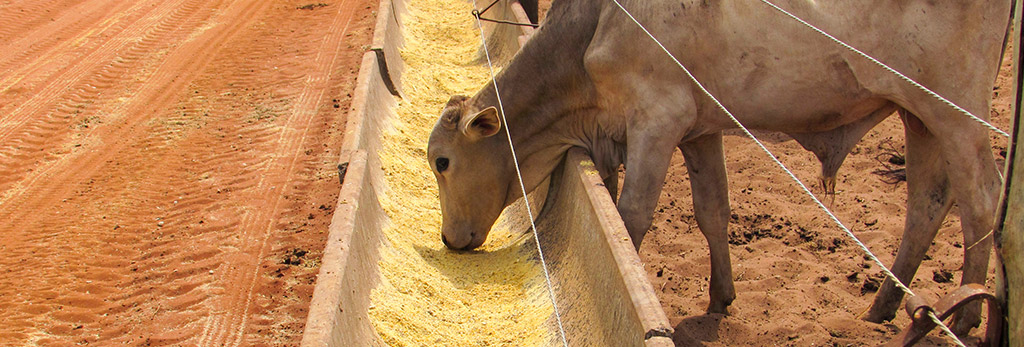The objective of this work was to evaluate the different concentrations and principles of prebiotics and sodium butyrate, aiming to replace colistin as a growth promoter. A total of 120 piglets, weaned at 22 days of age, with an average initial weight of 5.475 ± 0.719 kg were used. The animals were distributed in randomized blocks, in six treatments, which corresponded to the use of the following dietary additives: T1) colistin (40ppm); T2) β-glucans/mannanoligosaccharides (0.2%); T3) calcium butyrate (0.1%); T4) β-glucans/mannanoligosaccharides (0.1%) + fructooligosaccharides (0.01%) + galactooligosaccharides (0.09%); T5) β-glucans/mannanoligosaccharides (0.1%) + fructooligosaccharides (0.03%) + galactooligosaccharides (0.07%); and T6) β-glucans/mannanoligosaccharides (0.1%) + fructooligosaccharides (0.05%) + galactooligosaccharides (0.05%). The results showed that there was no difference between treatments for any of the performance parameters in any of the evaluated phases. For the incidence and intensity of diarrhea, the results indicate that treatments with alternative additives showed effects similar to those of the group treated with colistin. A significant difference was found for the profile of propionic fatty acids (0.23% colistin and 0.32%, 0.36%, 0.37% additives) and total acids (0.67% colistin and 0.97% additives) in the cecum. Supplementation with different compositions and concentrations of prebiotics and butyric acid can feasibly replace colistin in controlling diarrhea and modulating the volatile production of fatty acids in the cecum.
During winter, some activities, such as aquaculture, require more attention from rural producers. With the arrival of the cold, the fish stop eating and, normally, the treatments are reduced once a day, in some moments.
With the arrival of winter, pastures become drier and ranchers invest in confinement or semi-confinement. Within this strategy, some bottlenecks need to be corrected so that cattle can express maximum yield.


